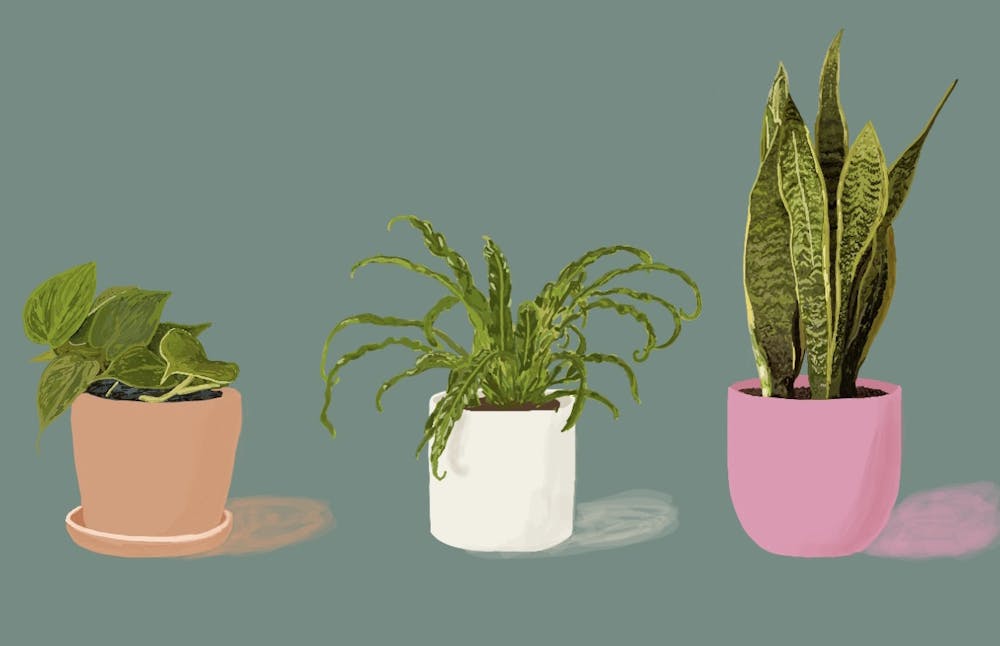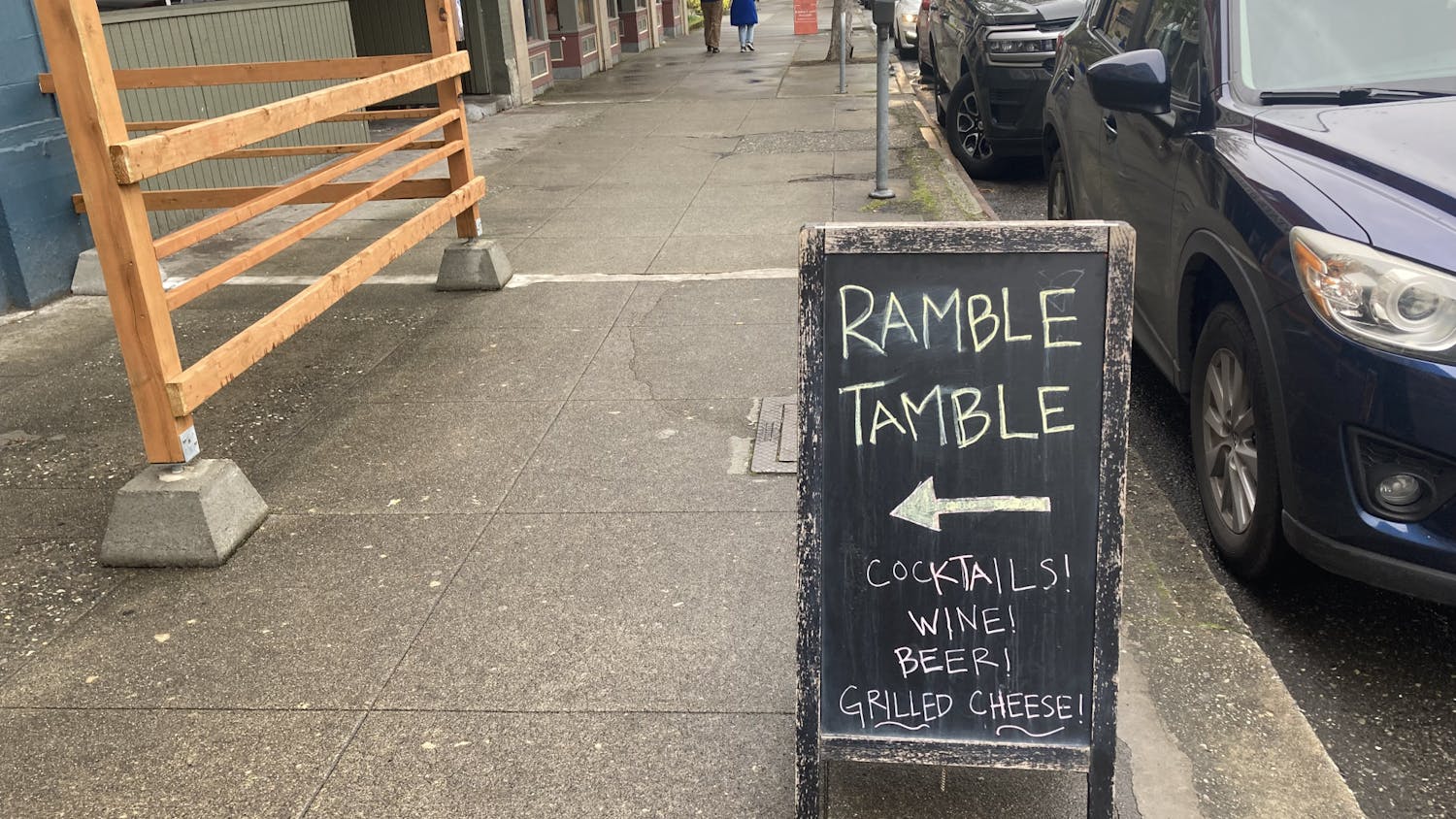Are your plants suddenly looking a little yellow, maybe not taking in as much water as normal or the leaves have started dropping, even though it’s properly taken care of? Well, then you might have a bug situation going on.
Second-year Art Education major Dhamar Acosta lives in the dorms and started noticing some of the common signs of an infestation. A couple of her plants that were right next to each other on the windowsill started dropping more leaves than normal.
After a close inspection and a deep dive on the internet, she came to the conclusion that her
plants were crawling with tiny, circular, white bugs and small fruit fly-type bugs.
“I had fungus gnats and root aphids; they are really annoying,” Acosta said.
Acosta said all of her plants are very close to each other around the one window. Those plants get the most amount of light because most of her plants have similar light needs. However, she faults that for being the reason the gnats and aphids started to slowly spread to any others close by.
“[I] mostly have them all set up near one of the windows in the kitchen, it gets the most light,” she said. “A lot of my plants have medium to high light needs.”
She has been successful in getting rid of the gnats by watering her plants less, but when it comes to the root aphids, she said for her plants it has been survival of the fittest.
“I’ve used neem oil, systemic, fungicide,” Acosta said. "I’ve used spray fungicide. I’ve used the drought method, hydrogen peroxide with water and none of that has helped [with the root aphids]. I want to know how people keep their plants fugus-free and pest free without killing them, I don’t know if that is completely possible.”
Acosta is not alone in these struggles and fears that come with owning so many plants that need to be kept so close together.
Fourth-year double major Kenzie Kesling who has been a Resident Advisor for two years at Mathes Hall said two-thirds of her residents have plants in their rooms and there is even a handful of residents with over 20.
“It kind of looks like a forest when you walk in,” she said.
Kesling said she loves that her residents have plants and the responsibility of taking care of them and watching them grow gives students something to look forward to at the end of a long day of classes.
Her residents are not free from the negatives of owning plants though.
“There have been a few cases of bugs infesting the plants and then becoming a pest issue,” Kesling said.
What can students living in such small spaces do to keep their plants from developing this issue?
Madison McGavran, a worker at Garden Spot Nursery, knows a lot about pest issues in houseplants and has some tips and tricks.
“The key to keeping pests away from your plants is to keep them healthy,” she said.
McGavran said to think about your plants how you would think about your immune system. When a human’s immune system is down, it is far easier to get sick, the same goes for plants.
Plant parents should not only be researching what the light, water and fertilization needs are of the plant, but also be researching what their plants are most suspectable to in the world of pests and funguses, McGavran said.
Something else she suggests is to inspect each and every plant before buying them. Even if the plant looks clean of pests, they should still wipe down each leaf and stem and then quarantine the plant away from others for two to four weeks.
“The most common way to get pests is from bringing home a plant that already has pest and spreading then to the rest of your collection,” McGavran said.
If there is not enough space to keep the plant in a different room for that time, McGavran said the plant parent should try their best at simply keeping it as far as possible or investing in a glass dome to go over the top.
McGavran also said using pesticides should only be used when an infestation happens and not as a preventative. Pesticides kill off all bad and good bugs and bacteria, which is not healthy in the long run for the plants.
McGavran uses a compost tea as a preventive because it helps the plant with fertilization and growing healthy bacteria that will aid it in fighting off pests on its own. She suggests for others do the same as it is a natural and healthy alternative to expensive chemicals.

Desiree Erdmann (She/Her) is a reporter for the campus life beat at The Front this quarter. She is a 4th year transfer student new to Western looking to graduate with a bachelors in Visual Journalism. In her free time Desiree enjoys taking care of her many houseplants, watching the sunset, trying new coffee shops, and exploring her new home of Bellingham.
Her instagram is @desiarai






